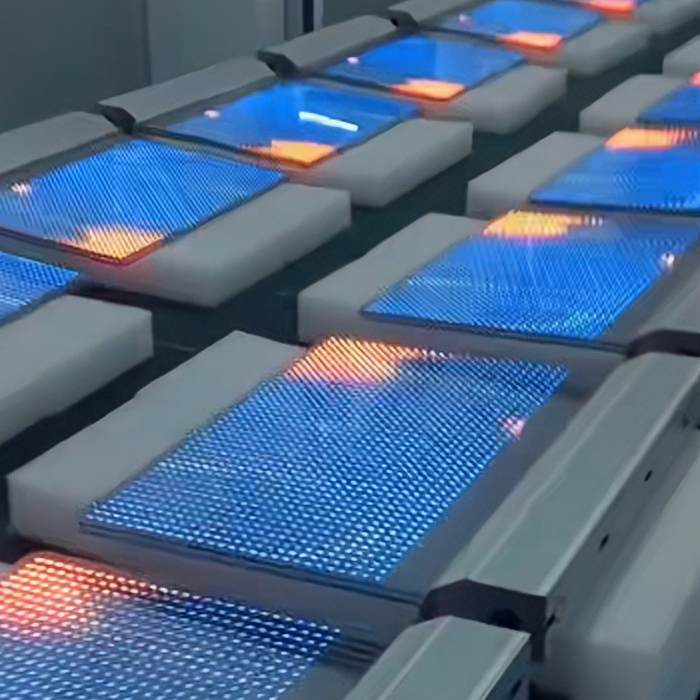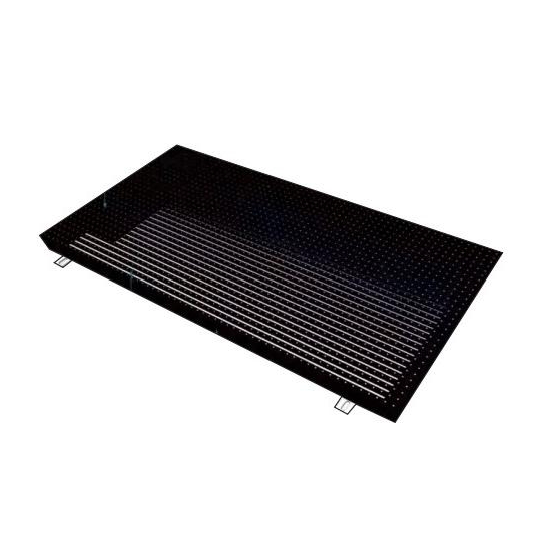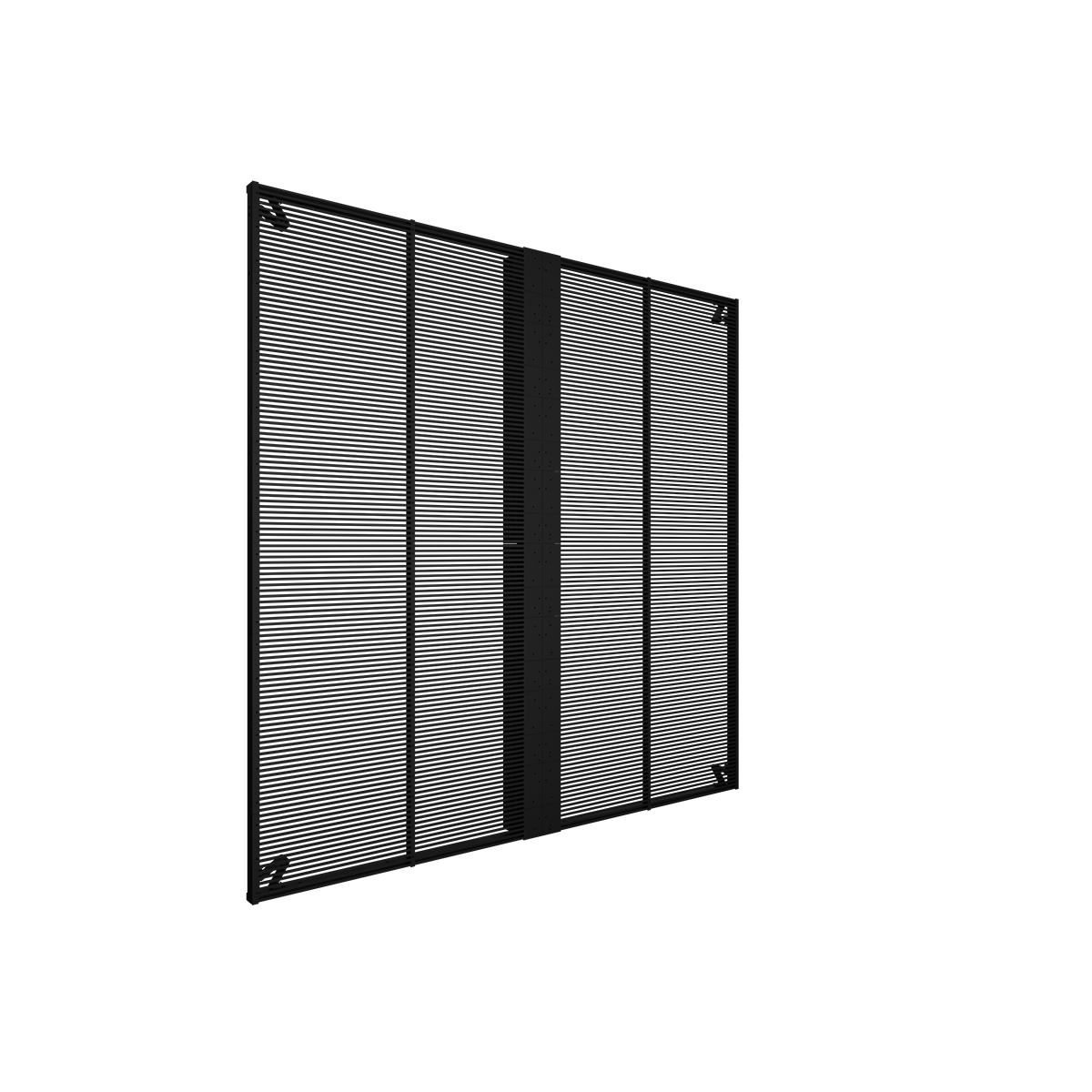In today's society, environmental protection has received significant attention. Despite continuous social progress, environmental pollution issues continue to worsen, making the protection of our planet essential. In this context, various industries are actively promoting green and eco-friendly products, and LED companies also need to strive to develop and design LED displays that do not cause light pollution and waste energy to meet societal demands.
LED displays, as an important part of urban image, have been widely used in various corners of cities, becoming unique city symbols. However, the strong light from LED displays not only enhances the city's image but also brings negative impacts on the night lives of city residents. Although the LED industry is a "light-producing" industry, its intense light in the urban environment has been defined as a new form of "light pollution", prompting companies to pay attention to controlling brightness to alleviate its impact.
To address the issue of "light pollution", two methods can be employed: firstly, using an automatic brightness adjustment system that automatically adjusts the brightness of LED displays according to different times and environments to reduce light pollution. Secondly, employing multi-level grayscale correction technology to improve color display transition issues, making colors softer and reducing the stimulation of light on people.
Furthermore, in terms of energy saving, although LED displays use energy-saving light-emitting materials, the power consumption is still relatively high when used on a large scale due to the need for high brightness. Companies can save energy by adopting the following methods: using high-efficiency LEDs, improving power conversion efficiency, designing effective heat dissipation systems, optimizing circuit solutions, and automatically adjusting brightness according to environmental changes. These measures not only help conserve energy but also reduce electricity costs for companies and advertisers.
















